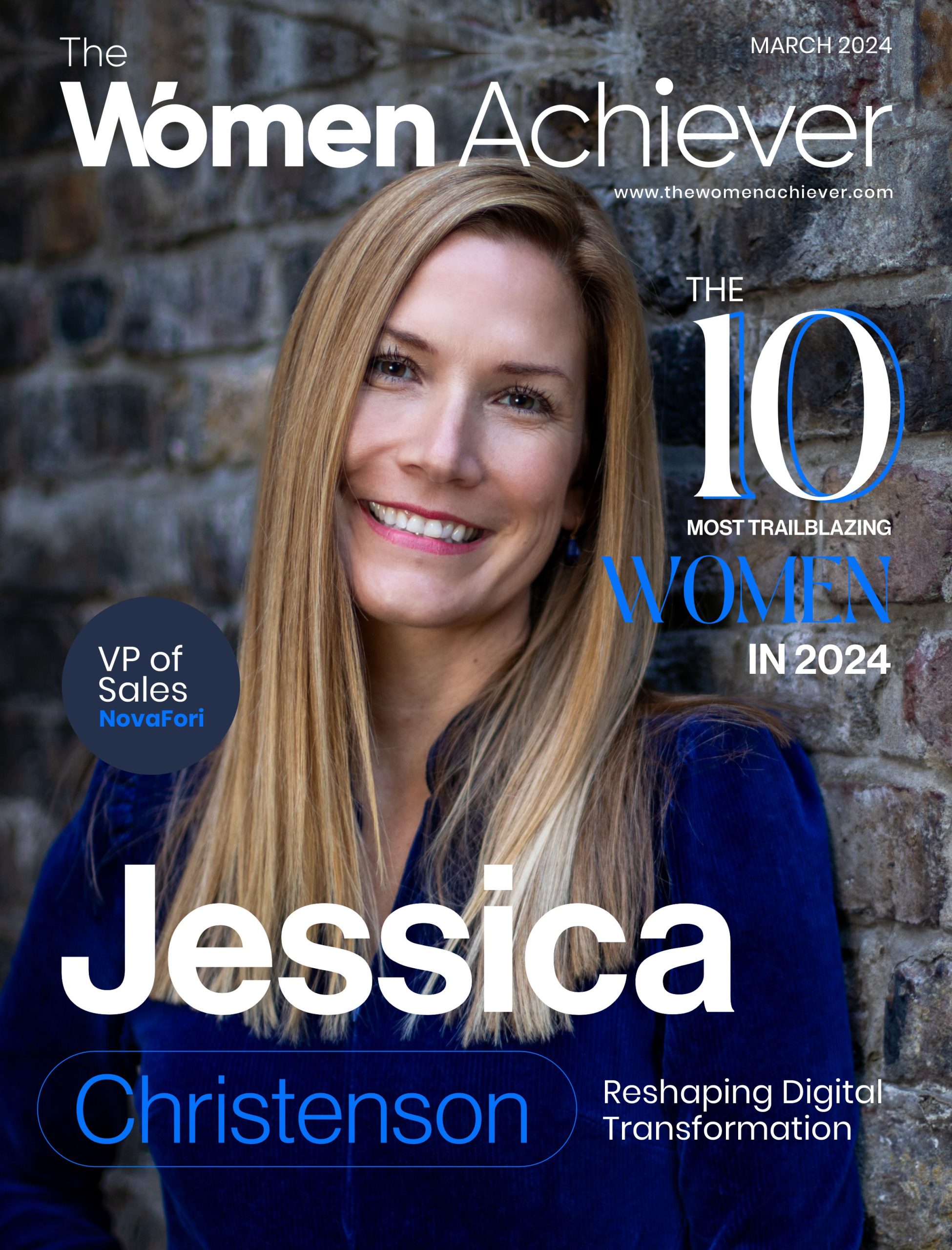Addressing the gender gap. Factors influencing the retention of women in STEM professions
The underrepresentation of women in science, technology, engineering, and mathematics (STEM) continues to be a significant problem. The article “Factors Influencing the Retention of Women in STEM Professions” explores the complex network of causes for this gender gap. This investigation navigates through institutional prejudices, workplace relationships, and cultural attitudes, focusing on identifying the barriers preventing women in STEM from continuing to participate in STEM professions.
By analyzing these elements, we may open the door to well-informed empowerment methods for women, enabling an open and creative environment where their contributions thrive and change the face of STEM.
Shaping Inclusive Work Environments
The working environment is crucial in determining how women’s careers in STEM develop. Women may be discouraged from pursuing long-term engagement in these sectors by biased hiring practices, a lack of mentorship, and limited prospects for professional progress. These difficulties can be overcome by establishing mentorship programs, providing leadership growth opportunities, and developing supportive networks. Women are much more likely to stay in STEM professions when they feel their workplace acknowledges their contributions and provides opportunities for progress.
Balancing Personal and Professional Demands
For women in STEM, achieving a healthy balance between their personal and professional obligations remains challenging. The rigorous nature of innovation and research frequently runs afoul of socially expected caregiving obligations. This struggle can be lessened by family-friendly policies, readily available childcare options, and flexible work schedules, allowing women to continue their career paths without giving up their personal goals.
Championing Representation and Role Models
One cannot stress the importance of representation. Meetings with similar role models who have succeeded in STEM might inspire women to persevere. The next generation can be motivated by showcasing and honoring the accomplishments of female scientists, engineers, and technicians. We dispel myths and inject aspirational potential into the STEM scene by exhibiting a variety of success stories.
Reimagining Curricula and Pedagogy
The pipeline problem first appears in early education. Gender-biased teaching strategies and prejudices frequently discourage girls from pursuing STEM fields. Young girls can flourish in STEM fields by being encouraged to explore their interests and achieve success if curricula are redesigned to promote diversity and teaching strategies that accommodate different learning styles are used.
Eradicating Implicit Bias
Addressing the ingrained prejudices still existing in STEM societies is vital. Unconscious preconceptions may impact project selection, career growth opportunities, and recruiting decisions. An equal talent assessment can be fostered by including bias-awareness training for educators and employers, leveling the playing field for everyone.
Collaborative Efforts for Change
Sustainable transformation necessitates group effort. Collaboration between the academy, business, government, and advocacy organizations is crucial. Creating alliances that support gender diversity, direct funding towards mentorship programs, and promote open communication can result in systemic change. We can remove the obstacles preventing women from entering and staying in STEM fields with determination.
Conclusion: The active involvement of women in STEM fields is not simply a goal; it is a requirement as we stand at the nexus of innovation and growth. The layers of complexities that prevent women’s continued participation have been exposed in the article “Factors Influencing the Retention of Women in STEM Professions.” We can open the door to a new STEM environment that welcomes the full range of human potential and unleashes ground-breaking discoveries for the benefit of all by tackling systemic prejudices, creating supportive surroundings, and redesigning educational paradigms.
To ensure that women enter and succeed in STEM, lobbying, policy reform, and inclusive programs must march hand in hand on this path. Half of the population still has untapped potential, a powerful resource that, when released, may redefine the limits of innovation and propel society into an era of endless possibilities.










Add comment